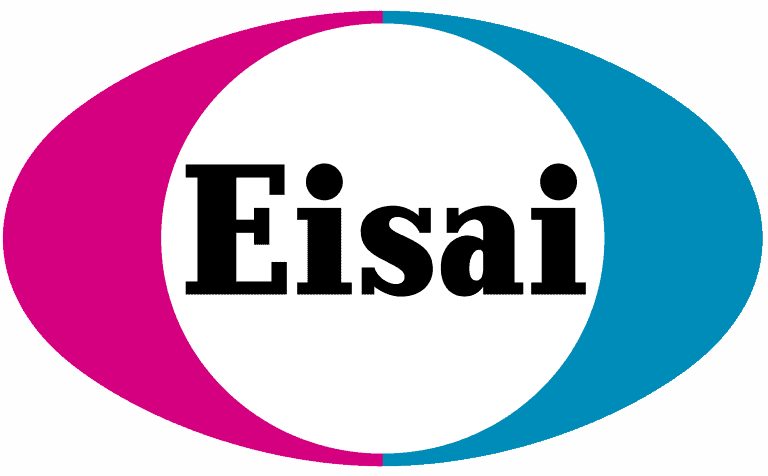Petra Bencurova, PhD; Royal College of Surgeons in Ireland
Multi-Target Strategy for Dravet Syndrome: Enhancing Sodium Channels and GABA Receptors via miRNA Inhibition
Postdoctoral Fellowship- $75,000/ 1 year
Supported by Budgetdog, LLC
Grant Summary from the Investigator: Dravet Syndrome (DS) is a rare and severe form of epilepsy in children that causes a variety of issues including sudden unexplained death in epilepsy. DS is caused mainly by errors (mutations) in gene SCN1A encoding sodium ion channel – a specialized protein that allows the flow of ions in and out of cells. Currently, there is no cure for DS, and therapies in development focus on correcting errors in SCN1A or increasing its activity. However, other ion channels also play a role in DS, and targeting these alongside SCN1A could help, especially in patients who don’t respond to SCN1A-based treatments. In this project, I aim to explore a new treatment approach for DS by focusing on small molecules called microRNAs (miRNAs). miRNAs can turn genes on or off and regulate multiple genes at once. My previous research has shown that blocking certain miRNAs can increase the activity of SCN1A and other useful genes that could reduce brain excitability in DS. This project will investigate how specific miRNAs influence ion channels, with the goal of developing a novel treatment approach that can relieve symptoms in DS patients.
About the Investigator:
Petra Bencurova is a postdoctoral researcher at RCSI University of Medicine and Health Sciences in Ireland, with a research focus on the molecular background of epilepsy. Dr Bencurova completed her PhD in Neuroscience at Masaryk University in the Czech Republic, where she investigated the regulation of gene expression in Temporal Lobe Epilepsy. Her current research is focused on the regulation of ion channels in brain development and disease with a particular focus on sodium channels and Dravet Syndrome. Driven by a passion for scientific progress, she strives to turn research insights into real-world solutions for patients and families living with Dravet syndrome.





